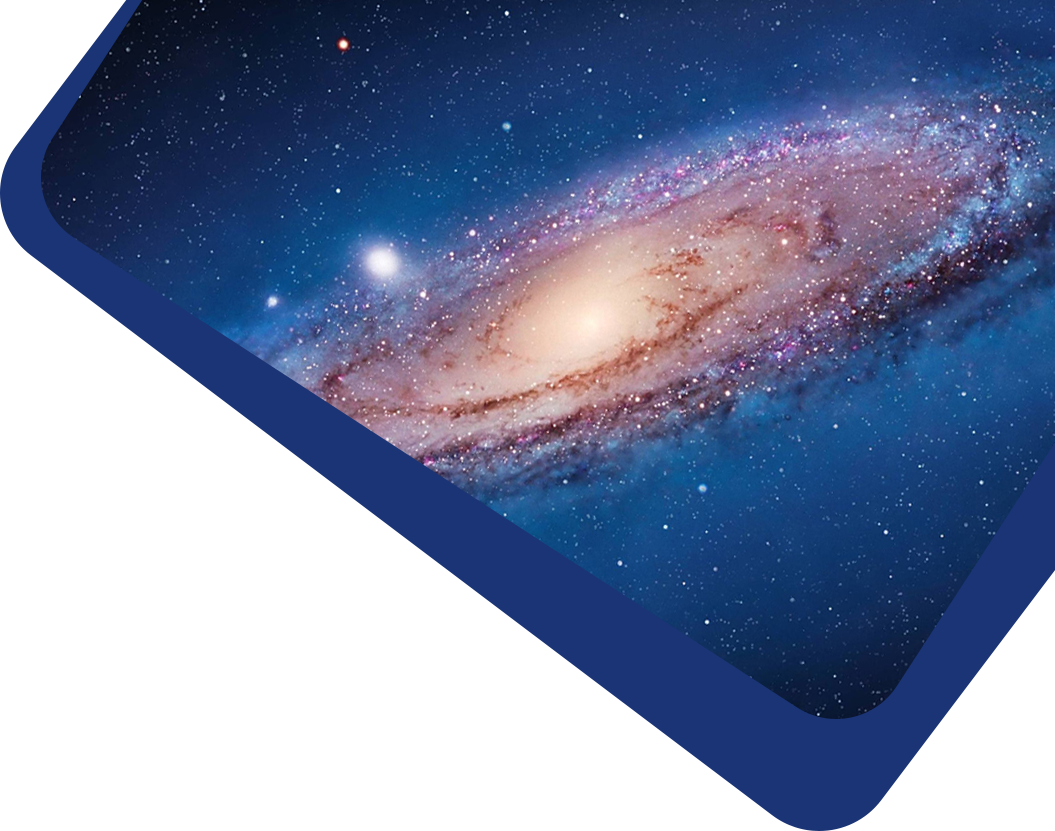

Abstract For the laboratory astrophysics community, those spectroscopic modeling codes extensively used in astronomy, e.g. Chianti, AtomDB, Cloudy and Xstar, cannot be directly applied to analyzing laboratory measurements due to their discrepancies from astrophysical cases. For example, plasma from an electron beam ion trap has an electron energy distribution that follows a Gaussian profile, instead of a Maxwellian one. The laboratory miniature for a compact object produced by a laser-driven implosion shows a departure from equilibrium, that often occurs in celestial objects, so we setup a spectral analysis system for astrophysical and laboratory (SASAL) plasmas to act as a bridge between them, which benefits the laboratory astrophysical community.
Keywords atomic data — line: formation — plasmas — X-rays: general
It accepts original submissions from all over the world and is internationally published and distributed by IOP